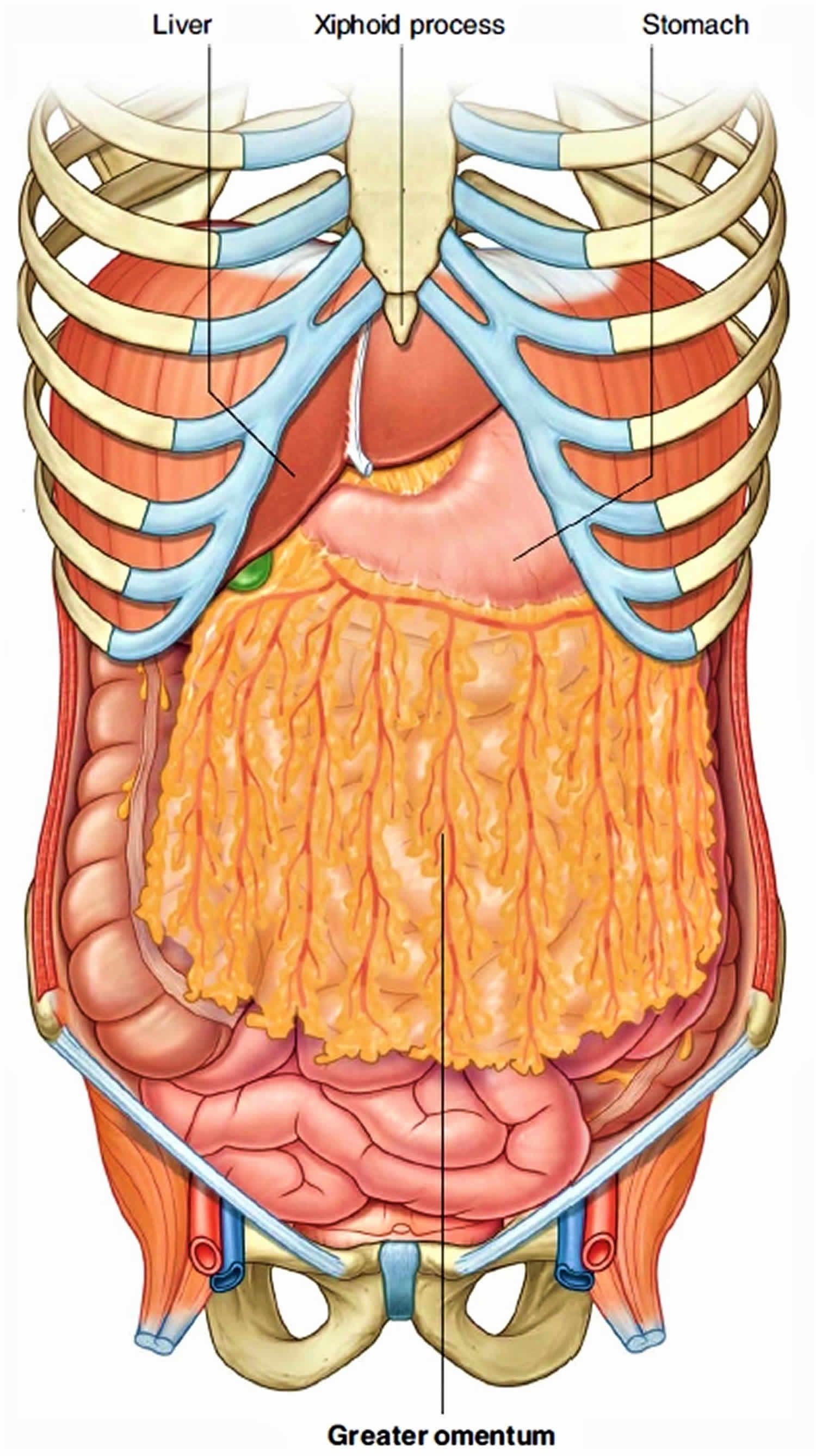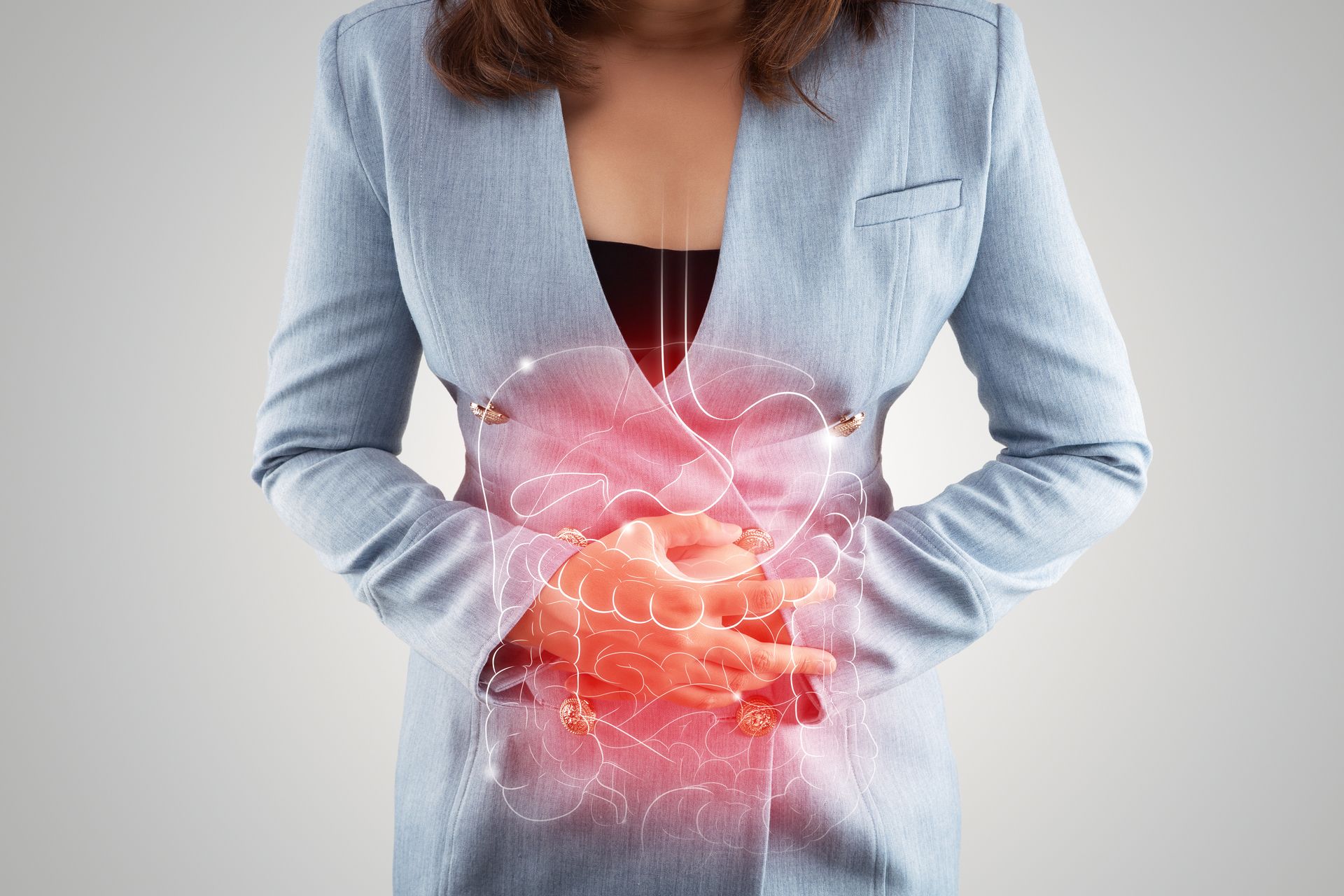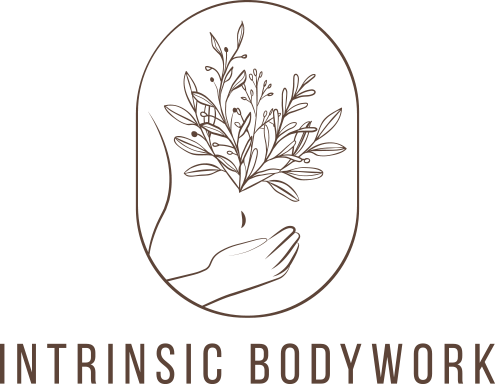What exactly is visceral manipulation?
The term “viscera” relates to the internal organs of the body such as the stomach, liver, large intestine, etc. The organs of the body are made up of tissue and fascia and ligaments just like the muscles are (albeit in a slightly different form), and as such are prone to similar problems such as inflammation, swelling, tightness, and adhesions. VM gently addresses these restrictions or unhealthy compensations that may be causing your body pain and distress and challenging your organs abilities to function properly.
Visceral manipulation was developed by a French osteopathic physician named Jean-Pierre Barral in the 1980’s. His interest in biomechanics led him to study the interrelated components of the body and how lines of tension can affect muscles, fascia, bones, and organs. This led to the understanding of how organs need to move to maintain optimal function. For example, when you take a breath your kidneys move one inch; and with deep inhalation they can move up to 4 inches! Add that up in a typical day and your kidneys will have traveled close to a half mile! This movement however isn’t isolated. The movement of organs is transmitted through fascia to other structures of the body. A healthy body will have easy movement of the organs. However, organs can begin to lose this mobility due to trauma (accidents), surgeries (scar tissue), lifestyle (inflammatory diets), posture (slouching that compresses the organs) and a slew of other factors. Let’s go back to our kidneys; imagine that scar tissue has formed around one of the kidneys, making movement of the kidney during deep breathing restricted. Over time, the side that has limited kidney mobility may then cause fascial adhesions which could limit the movement of the rib cage, and then the same side lung. Or the restricted kidney could pass the dysfunction along a line of tension through the ureter, and now voiding the bladder has become a strained activity.
But fortunately, through the methods developed by Dr. Barral, VM can address these lines of tension that affect the internal organs, thereby improving visceral movement and the functions of the organs as a whole. Just like with traditional massage therapy, VM addresses biomechanical chains (everything is connected!): a restriction in the stomach could affect the esophagus which in turn could affect swallowing. Liver immobility reduces fluid flow on the left side of the body which can translate into shoulder stiffness and range of motion issues. That is why VM has been shown to benefit people suffering from a wide range of diseases: joint pain, IBS, fibroids and cysts, acid reflux, headaches and migraines, chronic pelvic pain, lower back pain and sciatica, whiplash, and anxiety and depression. VM isolates the tension patterns that lead to dysfunction, and gently utilizes fascial techniques and motility enhancement to free up the organs for improved movement and function.




